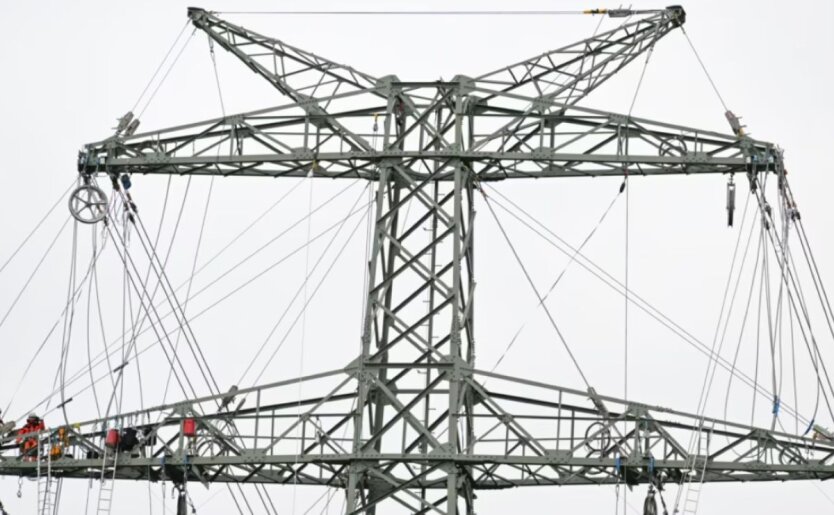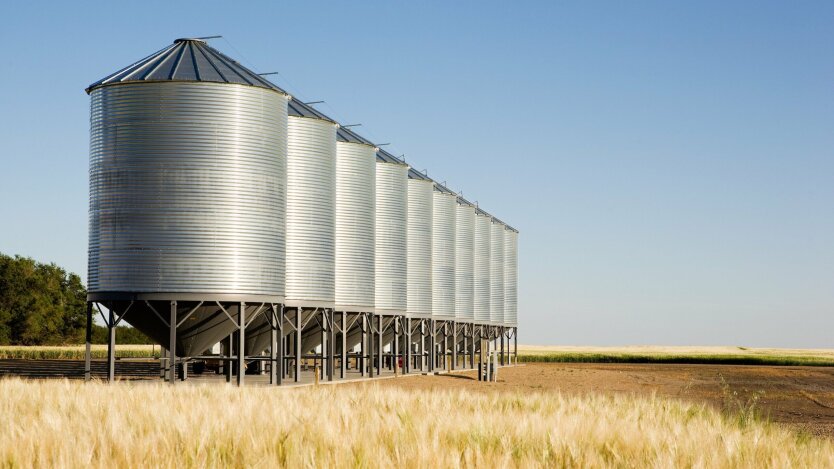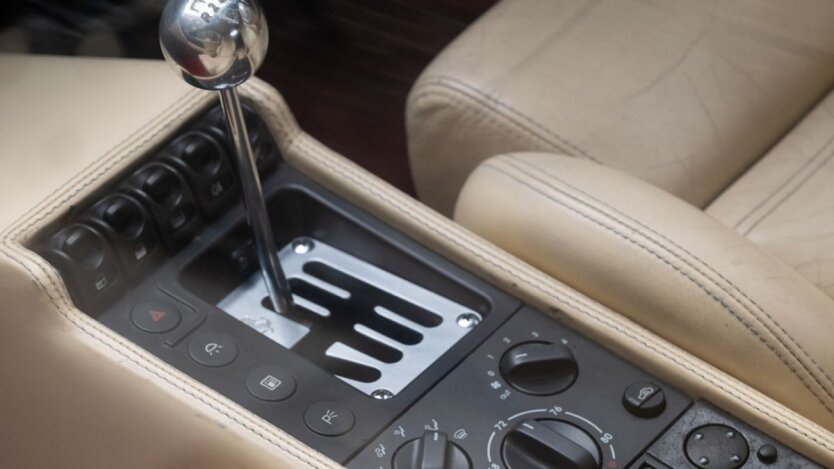In Ukraine, some judges may receive a sharp increase in bonuses.


The Cabinet of Ministers of Ukraine has proposed introducing a new bonus system for judges of local courts in the draft state budget for 2025. According to the draft law No.12000, first-instance judges may receive quarterly bonuses of up to 40% of their monthly salary.
This proposal raises a number of questions, as the current law on the judiciary and the status of judges does not provide for the payment of bonuses to judges. Moreover, the law stipulates that judicial remuneration is regulated exclusively by this law and cannot be determined by other regulatory legal acts.
Currently, the salary of a local court judge is 63,060 hryvnias, which, according to experts, is significantly less than the salary in some executive bodies. However, the proposed bonus system may create new problems.
Firstly, it is unclear where the funds for the bonuses will come from, as the judiciary's budget for 2025 remains almost at the same level as in 2024. Secondly, it raises questions about how this will comply with the law on the judiciary. Thirdly, there are doubts about the fairness of determining such bonuses and the mechanism for making decisions about their appointment.
Previously, the Council of Judges of Ukraine proposed increasing the salaries of local court judges, especially in front-line regions, by "unfreezing" the subsistence level for calculating judges' salaries. However, the proposal to establish bonuses was not part of these recommendations.
Read also
- The Ombudsperson explained in which case it is possible to take the NMPT-2025 in an additional session
- Ukraine is completing preparations for screening with the EU in the field of water legislation
- The energy system requires 2.2 GW of maneuverable generation - forecast
- In Ukraine, they want to build 400 elevators with a capacity of 5 million tons of grain
- More expensive or nothing: bakers made an unfavorable forecast regarding bread prices in Ukraine
- In Ukraine, exams for 'mechanics' may become a thing of the past: what will change for future drivers










